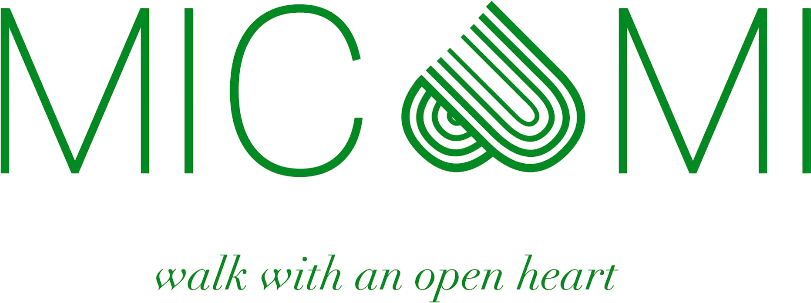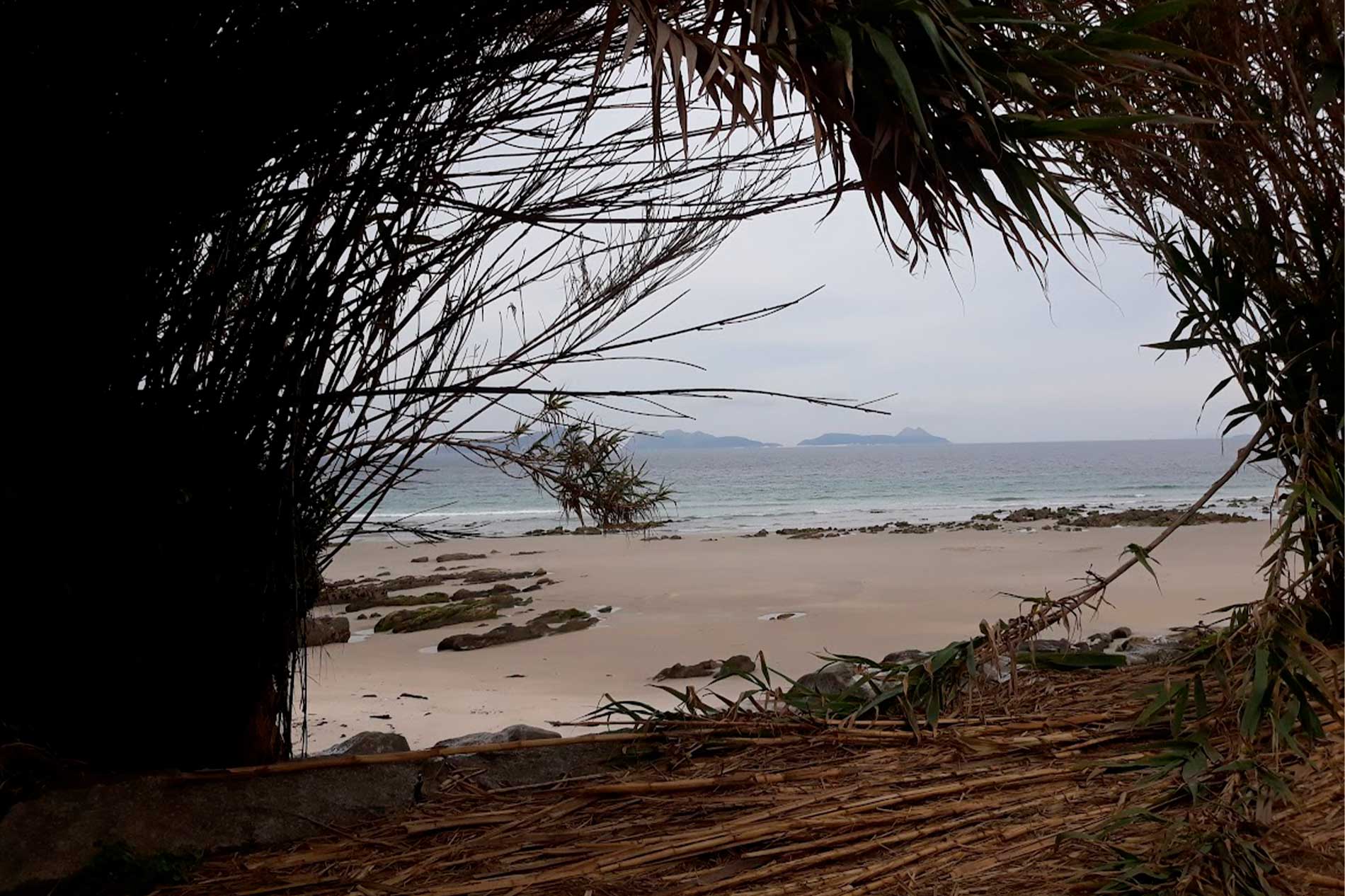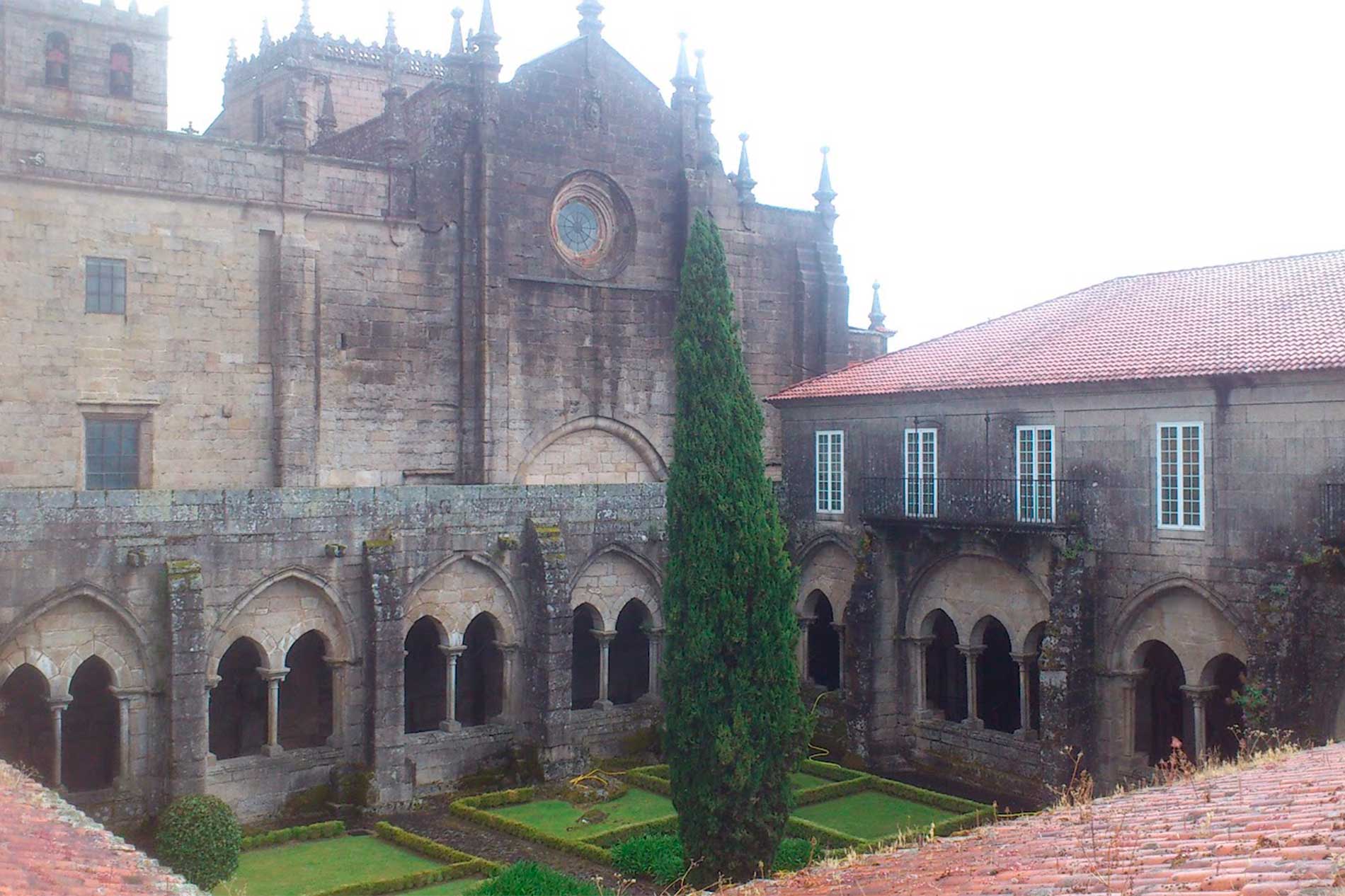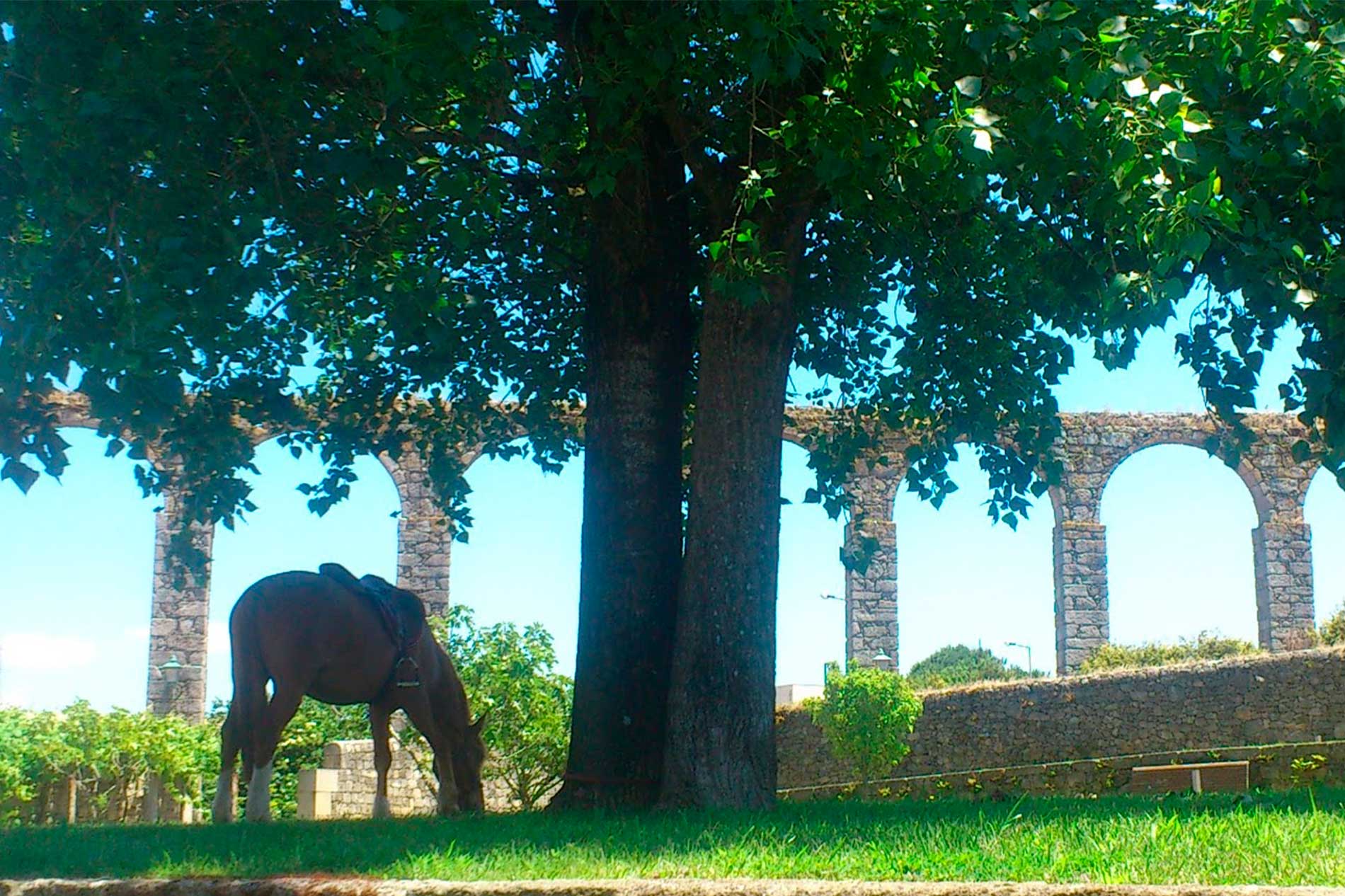Portuguese Camino de Santiago – Caminho Português
Which sections of the Portuguese Camino does MICAMI offer?
- Full route along the coast or inland: Porto – Santiago
- Full route in short stages along the coast or inland: Porto – Santiago
- Porto – Vigo (Coastal Route): in standard and short stages
- Vigo – Santiago (Coastal Route): in standard and short stages
- Porto – Valença or Tui (Inland Route): in standard and short stages
- Valença or Tui – Santiago (Inland Route): in standard and short stages
- Spiritual Variant from Pontevedra (for coastal or inland route) – Camino Espiritual
- Extension to Fisterra and Muxía





✓ The distance from Porto to Santiago is about 240 km. The route passes through northern Portugal and Galicia, following ancient medieval paths.
✓ The newer variant runs along the Atlantic coast – known as the Portuguese Coastal Way.
✓ Iconic towns – Inland Route: Porto, Barcelos, Ponte de Lima, Tui, Pontevedra
✓ Iconic towns – Coastal Route: Porto, Viana do Castelo, Caminha, Baiona, Pontevedra
✓ The Portuguese Coastal Way has gained significant popularity in recent years and is now more frequented than the traditional inland route.
✓ The Portuguese Camino combines rural and maritime landscapes and is quieter than the French Way (although the Portuguese Coastal Way has become very popular in the past years).
Advantage: The terrain is flatter, making it ideal for beginners.
✓ Authentic experience
✓ Local cuisine (e.g., bacalhau and Vinho Verde in Portugal)
✓ The blend of two cultures: Portuguese and Galician
✓ From April to October.
✓ May and September are popular months with many pilgrims – accommodations and restaurants fill up quickly.
✓ Along the Coastal Way, there are numerous beaches – the best time to swim in the Atlantic is from June to October.
✓ July and August are more expensive along the coast due to summer tourism.
Differences between the Portuguese Inland Route (Traditional) and the Coastal Route
Portuguese Inland Route
From Porto to Santiago (approx. 240 km) through the interior of Portugal and Galicia – the original path.
Iconic towns: Porto, Barcelos, Ponte de Lima, Tui, Pontevedra.
Landscapes
Rural areas, forests, valleys, historic paths, Roman roads, medieval bridges and charming villages.
Climate
Warmer in summer, but pleasant (northern Portugal & Galicia)
Spring and autumn: mild with possible rain
Best travel time: April to October
Reasons to choose this route
- Rich in history, culture, and spirituality.
- More hostels, hotels, and services available
- Ideal for pilgrims seeking a more traditional experience
Portuguese Coastal Route
Starts in Porto, follows the Atlantic coast to Santiago – approx. 280 km.
Iconic towns: Porto, Viana do Castelo, Caminha, Baiona, Pontevedra
Landscapes
Coastal views, beaches, cliffs, fishing villages, seaside trails. Connects with the inland route in Redondela.
Climate
Cooler in summer thanks to sea breeze
Higher chance of rain in spring and autumn
Reasons to choose this route
- Stunning coastal scenery
- Excellent cuisine, especially fish and seafood
Spiritual Variant of the Portuguese Camino – Camino Espiritual
The Spiritual Variant is an optional extension of the Portuguese Camino (coastal or inland) and offers a unique experience of nature, spirituality, and a maritime stage.
It is considered one of the most beautiful yet less known routes.
Starts in Pontevedra (Galicia), rejoins the main route in Padrón.
Approx. 75 km over 3–4 stages: Pontevedra – Armenteira – Vilanova de Arousa – (boat to Pontecesures) – Padrón
Reasons to choose this route
1. Connection to the Apostle James legend
The boat ride follows the “Ruta Translatio”, the legendary journey of the Apostle’s body from Palestine to Galicia via the Ría de Arousa.
2. Impressive nature
- The Monastery of Armenteira and the riverside path “Ruta da Pedra e da Auga” are unique highlights.
- The boat trip on the Ría de Arousa offers spectacular views and a truly special experience.
3. Peace and authenticity
Less crowded – perfect for those seeking a quieter, more personal journey.

